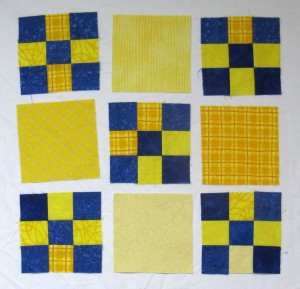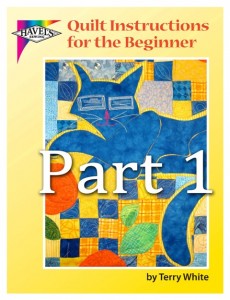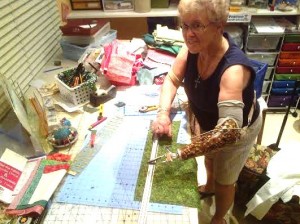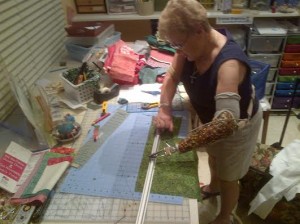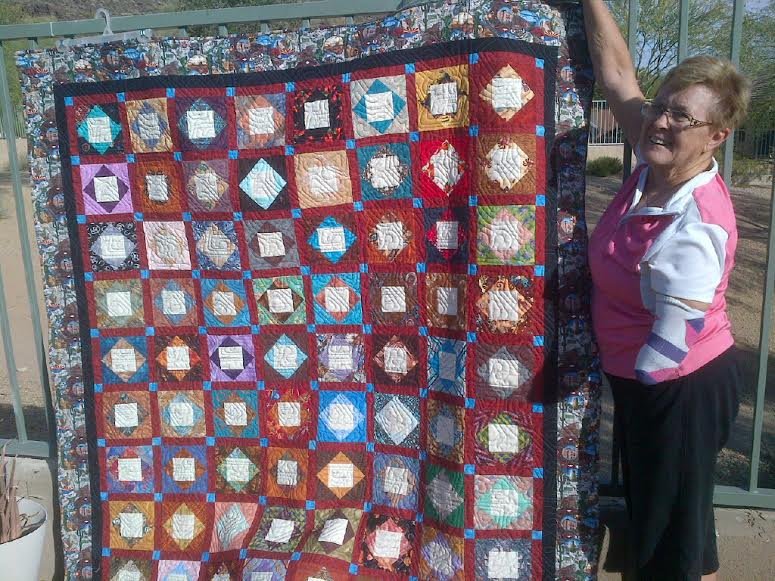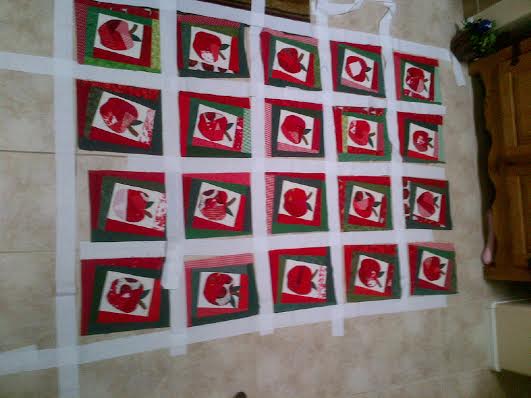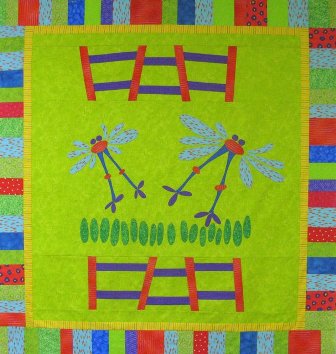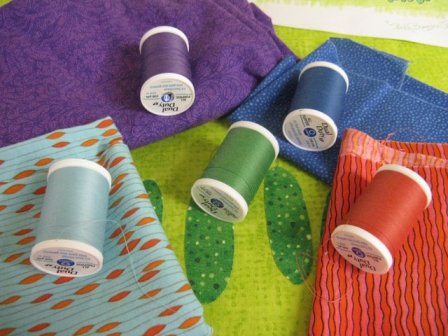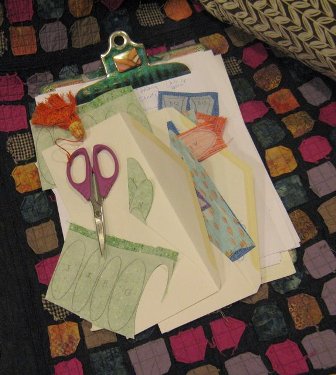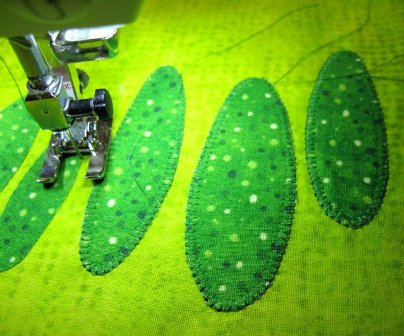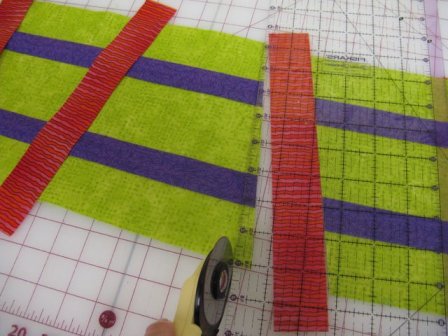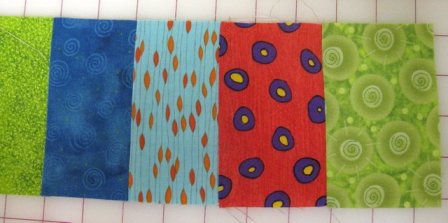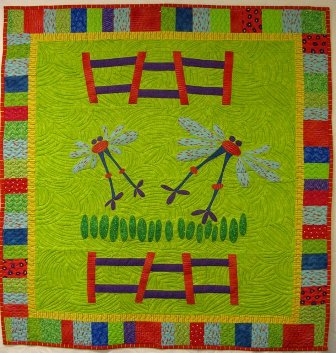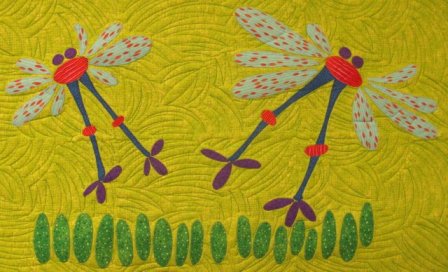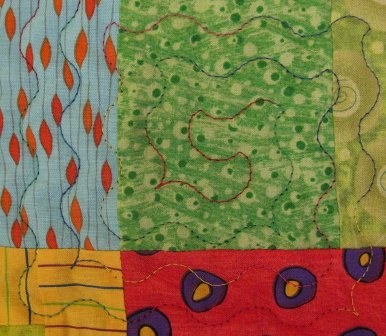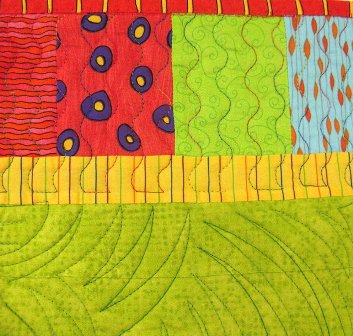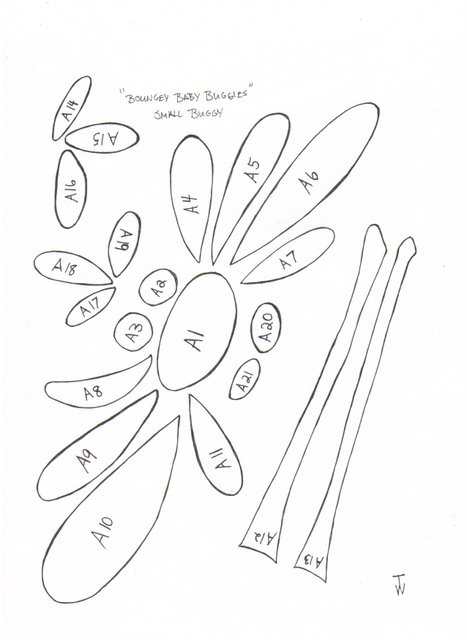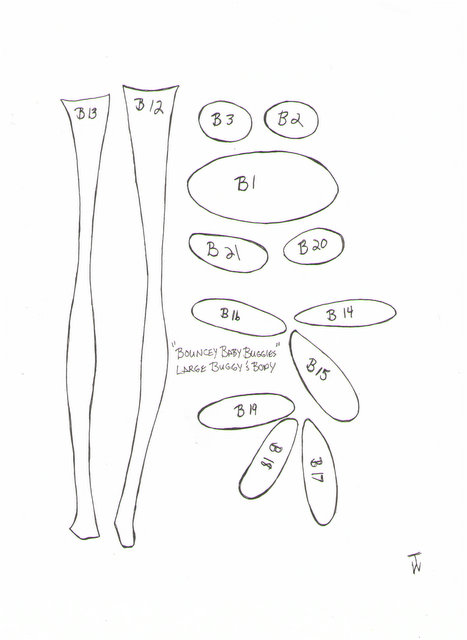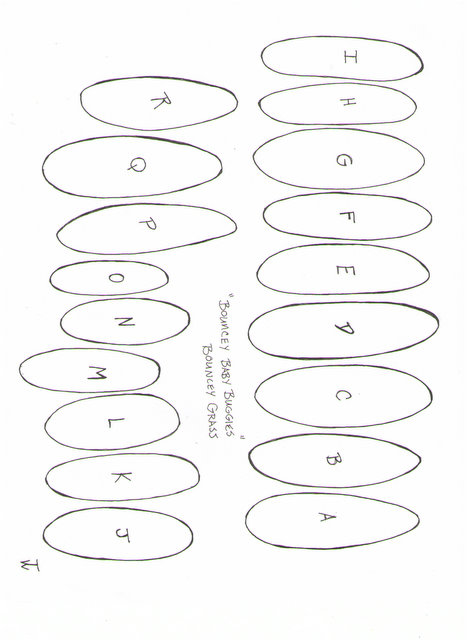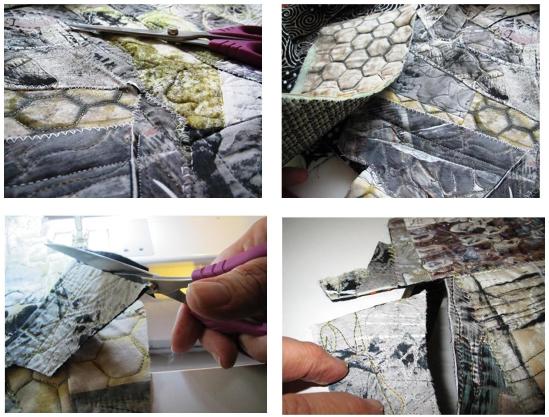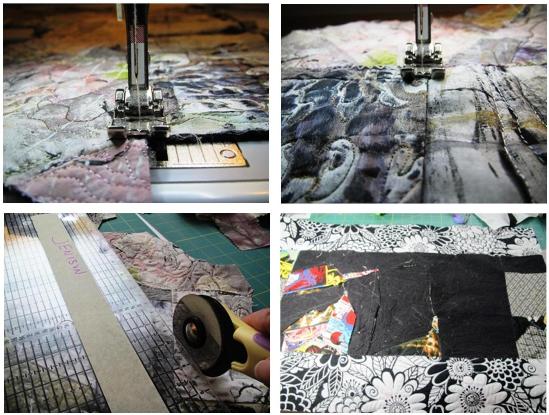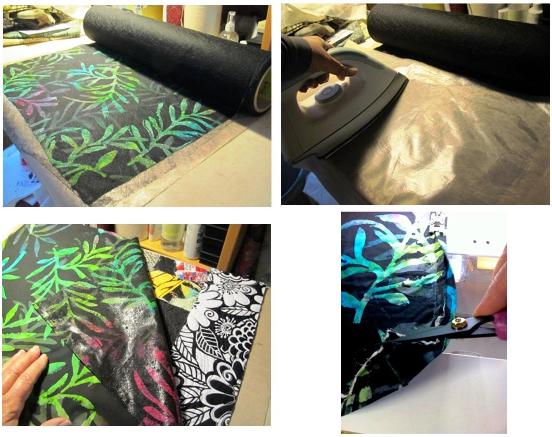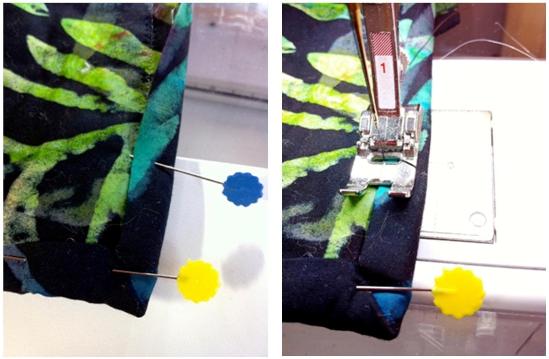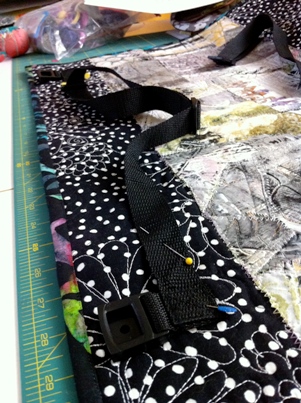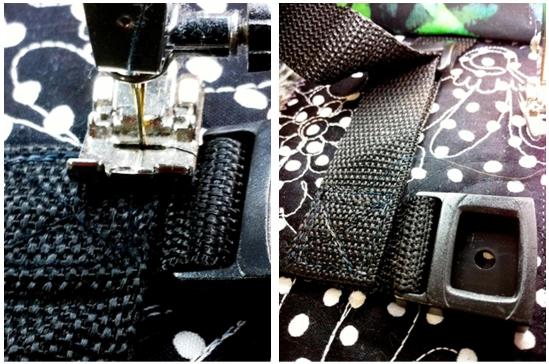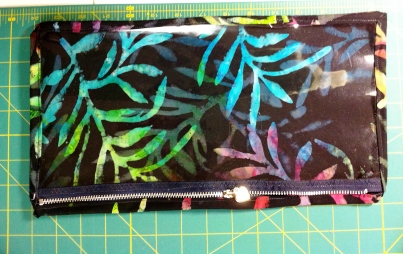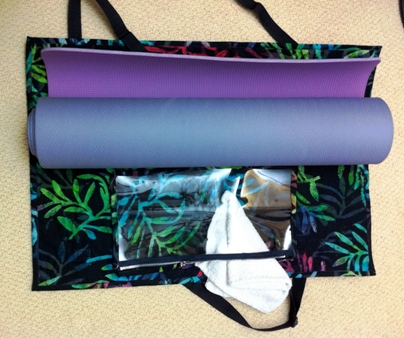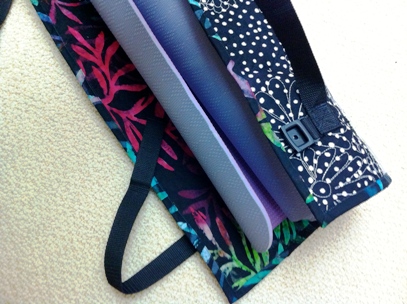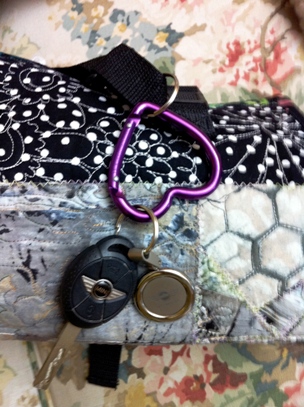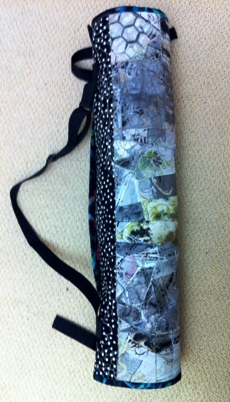If you’ve finally decided to pick up the art of quilting, chances are you might feel a bit lost when it comes to doing things the right way. Quilting, like anything else, has its own set of dos and don’ts that more experienced quilters have had to learn over time. Through trial and error (perhaps a little more error …), veteran quilters have come up with a set of rules to always remember, especially if this is your first go-around. Of course, one thing you could do is sign up for a beginner’s quilting class, but why search around for a class near you and pay for every session when you’ve got someone like Terry White to steer you in the right direction?
Terry White, a fabric artist and quilting expert from Indiana, has been perfecting her craft for a number of years. In her eBook Quilt Instructions for the Beginner – Part 3, White outlines a number of important details and general rules for all your quilting and patchwork needs. Here are the 5 must-know tips before beginning your next project:
- Seam allowance is ¼ inch. This helps to control the shapes of patchwork. More than ¼ inch is unnecessary and less is not wide enough to keep the seams from fraying.
- Use the same thread in the bobbin as the top thread. You can choose a neutral color that blends with the colors of your patchwork, instead of changing the thread colors all the time. Here are examples of threads that work for these color combinations.
- Try to cut and stitch each fabric piece as perfectly as possible … knowing full well that it is hard to make perfect happen. Each cut and each seam that is just “a little bit off” will eventually add up to “a lot off.”
- Press, press, press … This is different than ironing fabric into submission and distorting the pieces. Gently pressing your seams as you piece will go a long way towards beautiful patchwork. I like to press every set of seams as I piece. The patchwork fabric is easier to manipulate when you press as you go. It is very hard to press an entire quilt if you haven’t been pressing it section by section. The seams are pressed open to distribute the seam bulk in the corners. This block will stay flat and be easy to quilt.
- Use the correct needle size and type for the thread and the fabric. Generally, I like a 75/11 machine embroidery needle. It has a nice sharp point and, most importantly, it lasts a long time. Embroidery needles are built to last for a long time. Have you ever seen an embroidery machine go? The needle works very hard! Batik fabrics are very tightly woven and have wax residue from the printing process, so for batiks I switch to a Microtex needle.

